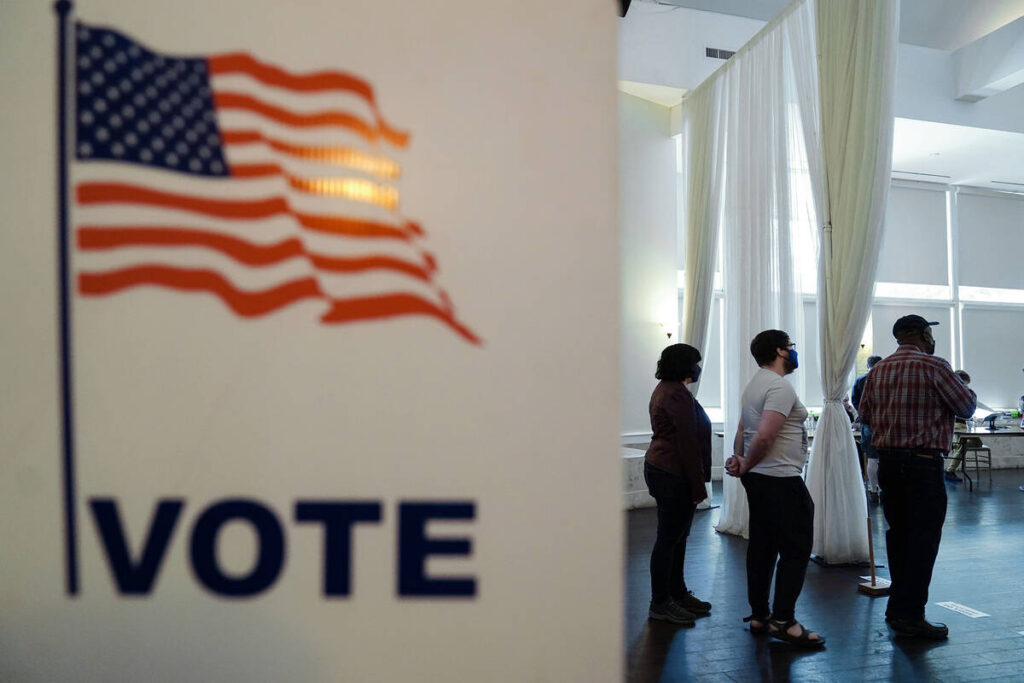
The ongoing redistricting process in Texas has reignited discussions about electoral fairness and representation. Critics argue that the current system undermines the principle of one-person, one-vote, which is a cornerstone of democratic governance. As new district maps are drawn, concerns about gerrymandering highlight the tension between majority and minority party representation.
Redistricting follows the decennial census, and in Texas, the majority party often manipulates boundaries to secure additional seats. This practice, known as gerrymandering, raises questions about the integrity of the electoral process. Ideally, if a minority party receives 40 percent of the votes, it should obtain a similar percentage of seats in the legislature. In reality, many voters feel their voices are diluted when district lines are drawn in ways that favor one party over another.
Understanding Gerrymandering in Texas
The term gerrymandering originated from a combination of the name of former Massachusetts Governor Elbridge Gerry and the shape of a district he created in 1812 that resembled a salamander. Since then, the practice has evolved, with both major parties employing it during redistricting. In Texas, this has often resulted in districts that stretch across vast areas, leading to odd shapes that do not accurately reflect community interests.
The implications of gerrymandering extend beyond politics; they can significantly impact social and economic policies that affect residents. When district lines are drawn to favor a particular party, the concerns and needs of the minority party’s constituents may be overlooked. This undermines the fundamental idea of representative democracy, where elected officials should reflect the interests of all voters, not just those of the majority party.
The Role of Individual Voters
Many individual voters in Texas feel disconnected from the political process, particularly when they believe their votes may not hold equal weight. The disparity generated by gerrymandered districts can lead to voter apathy, as people question the effectiveness of participating in elections where they perceive their representation to be compromised.
Advocates for electoral reform argue for measures that promote fair representation, such as independent redistricting commissions. These bodies can help ensure that district maps are drawn with transparency and fairness, prioritizing community integrity over partisan advantage.
As Texas prepares for upcoming elections, the debate over redistricting continues to shape the landscape of its political future. The challenge remains to balance the interests of the majority with the rights of minority voters to ensure that every voice is heard and valued in the democratic process.







